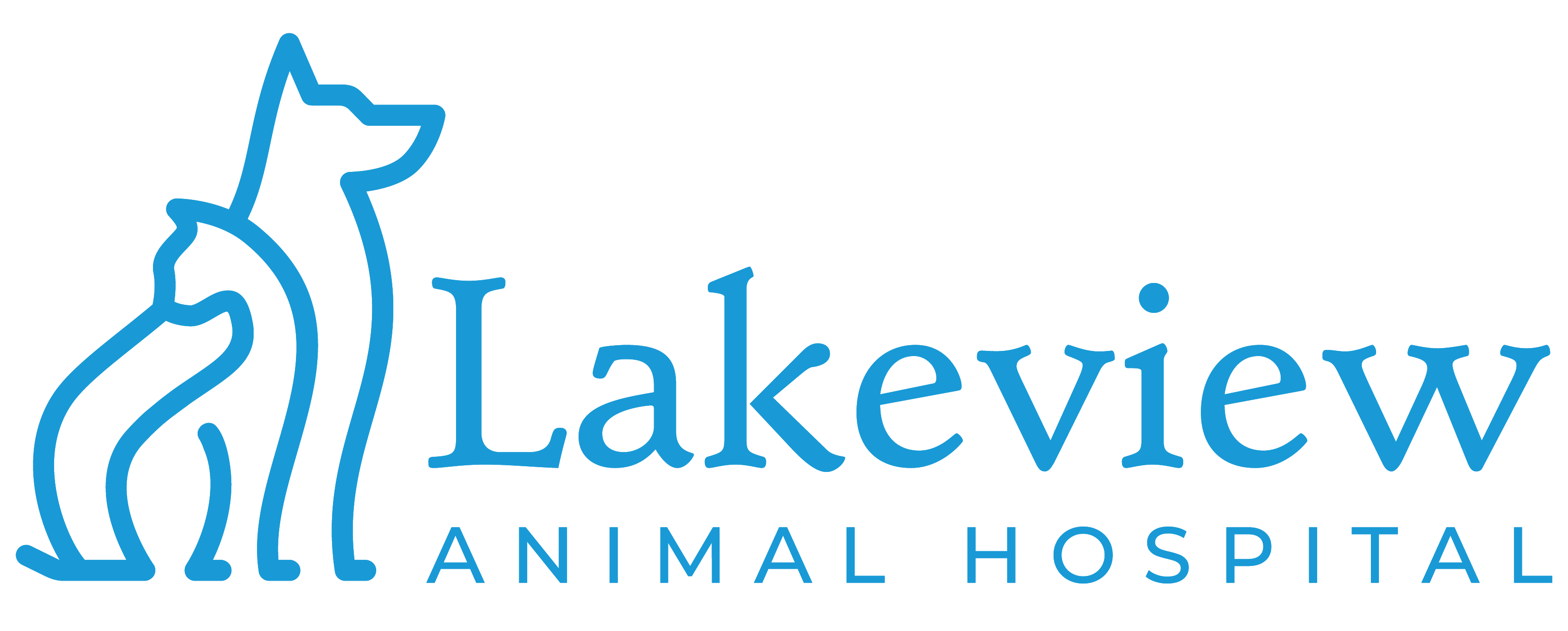Educational Articles
-
Feline chin acne is a poorly understood disorder of follicular keratinization. Keratinization refers to the overproduction of keratin, a protein found in the outer layer of skin.
-
Chlamydial conjunctivitis in cats is highly contagious and can look similar to herpes conjunctivitis. Young cats and kittens are especially vulnerable to this infection, although chlamydia can be detected in cats of all ages. It is one of the most common causes of infectious conjunctivitis in cats. This handout describes the clinical signs and how this condition can be treated or prevented.
-
Cholangitis/cholangiohepatitis in cats refers to inflammation of the bile duct or a combination of inflammation of the bile duct, gallbladder, and surrounding liver tissue. The clinical signs, diagnosis, treatments, and prognosis of the conditions are outlined in this handout.
-
Chronic bronchitis is a long-term inflammatory condition that affects the pulmonary or respiratory system. This condition is irreversible and is slowly progressive.
-
Chronic kidney disease (once called chronic kidney failure) is mainly a problem in mature and senior cats (seven years and older). Unfortunately, once the kidneys are damaged, they have minimal ability to recover. However, with proper management, most CKD cases progress very slowly. This handout describes the clinical signs of the condition, along with causes, diagnosis, treatment, and nutritional management.
-
Chronic upper respiratory tract disease in cats results from inflammation of any part of the upper respiratory tract. Many conditions contribute to this. Treatment is based on the underlying cause.
-
Chylothorax is a life-threatening condition caused by chyle leaking out of the thoracic duct into the chest cavity, causing lung compression and the inability of the lungs to fill with air. This occurs more commonly in purebred cats. The causes, diagnostics, treatments, and prognosis are explained in this handout.
-
Your cat's skin and coat condition are good indicators of her health. A healthy coat should be shiny and smooth, not brittle or coarse, and healthy skin should be supple and clear, not greasy, flaky, or bumpy. Selective breeding has led to the development of cats with various coat characteristics requiring varying grooming needs. To maintain healthy skin and coat, your cat also requires a properly balanced diet.
-
Coccidioidomycosis is a fungal disease caused by the soil fungus Coccidioides immitis or Coccidioides posadii. The early signs of coccidioidomycosis include fever, lethargy, poor appetite, coughing, and joint pain. Diagnosis is by biopsy of lesions or blood testing for antibodies to the Coccidioides organism. The prognosis for recovery is dependent of the extent of lesions in the cat’s body.
-
Conjunctivitis means inflammation of the conjunctiva. If you see excessive tearing from one or both eyes, abnormal discharge, and reddened conjunctival membranes, your cat may have conjunctivitis. The most common causes of conjunctivitis include infectious diseases and non-infectious conditions, including allergies, injuries, hereditary conditions, and tumors. The approach to non-specific conjunctivitis is to use eye medications containing a combination of broad-spectrum antibiotics to control the bacterial infection and anti-inflammatory drugs to reduce the inflammation. The prognosis depends on the specific diagnosis. It can be a recurring condition in some cats.

